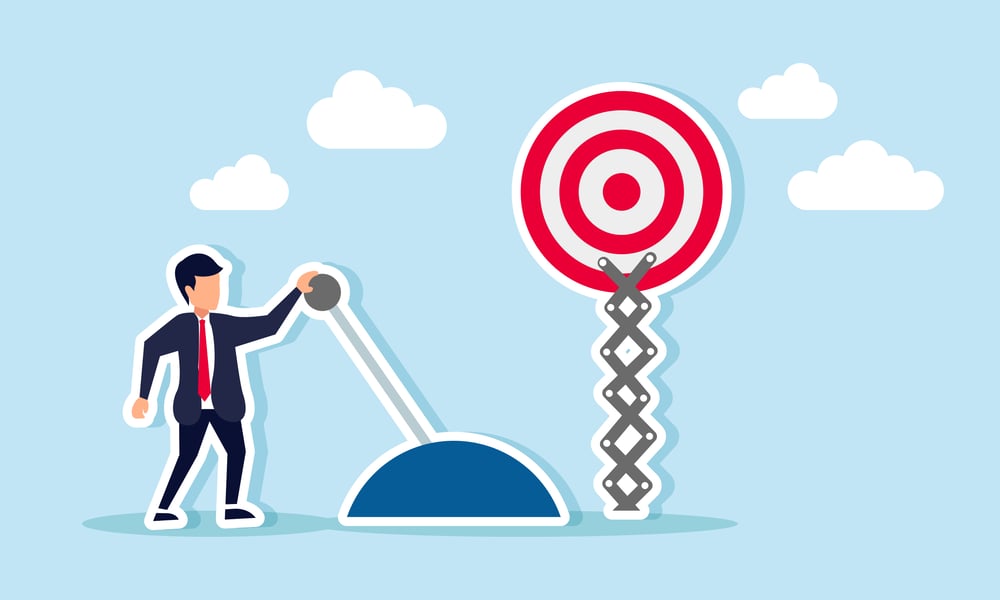

LPL Financial, with close to 28,000 financial advisors on its platform, on Thursday informed its independent advisors it was changing the targets for a production bonus for the first time in a decade, raising the bar for many independent advisors that generate hundreds of thousands of dollars in fees and commissions, or total revenue known as gross dealer concession in the industry.
According to industry sources, LPL Financial’s advisors affected by the change in compensation will have any downside capped at $15,000, meaning that any advisor who falls short of hitting the new bar for bonuses will not lose more than that amount of compensation.
LPL Financial next year is also standing pat with its base pay grid, or pay scheme for financial advisors, which continues to be a 90% payout, meaning an independent financial advisor registered with LPL earns 90 cents per dollar of revenue he or she generates.
LPL Financial has raised the bar for advisors to hit various bonus levels in 2025, according to industry sources, who noted that in the past 10 years, the broad stock market has taken off and contributed to higher asset levels for financial advisors.
As of Friday morning, the S&P 500 index was trading close to 5954, an increase of almost 188% since November 24, 2014.
The production bonus is progressive, or increases with the amount of total revenue a financial advisor generates. In one example cited to InvestmentNews, an independent financial advisor at LPL Financial who currently generates $750,000 in annual fees and commissions eventually receives a 4% bonus.
To get that same bonus amount, 4%, the financial advisor in 2025 will now have to produce $1 million in annual fees and commissions, a target that is substantially higher – one-third – than in the past decade.
Industry sources with knowledge of the changes at LPL added that, while the firm was making the change to the production bonus, it was continuing to invest in its platform, lowering pricing on popular advisory programs, like SAM, or Strategic Asset Management, the firm’s long running advisory program.
The change in targets for bonuses also does not have an impact on advisors other than independent financial advisors, sources said.
“LPL has evolved significantly over the last decade and still wants to scale up,” said one industry executive who spoke confidentially to InvestmentNews. “But can a firm supervise that many advisors, and grow the way LPL wants to?”
Other sources said that the change in the bonus pay plan was in the works before LPL’s board fired former CEO Dan Arnold for cause in October and then replaced him with Rich Steinmeier.
Shares of LPL Financial Holdings Inc., with the ticker LPLA, have been on a tear, hitting a 52-week high of $326.76 on Thursday. The low was $187.19 in August.
A spokesperson for LPL declined to comment for this article.

Rajesh Markan earlier this year pleaded guilty to one count of criminal fraud related to his sale of fake investments to 10 clients totaling $2.9 million.

From building trust to steering through emotions and responding to client challenges, new advisors need human skills to shape the future of the advice industry.

"The outcome is correct, but it's disappointing that FINRA had ample opportunity to investigate the merits of clients' allegations in these claims, including the testimony in the three investor arbitrations with hearings," Jeff Erez, a plaintiff's attorney representing a large portion of the Stifel clients, said.

Chair also praised the passage of stablecoin legislation this week.

Maridea Wealth Management's deal in Chicago, Illinois is its first after securing a strategic investment in April.
Orion's Tom Wilson on delivering coordinated, high-touch service in a world where returns alone no longer set you apart.
Barely a decade old, registered index-linked annuities have quickly surged in popularity, thanks to their unique blend of protection and growth potential—an appealing option for investors looking to chart a steadier course through today's choppy market waters, says Myles Lambert, Brighthouse Financial.
